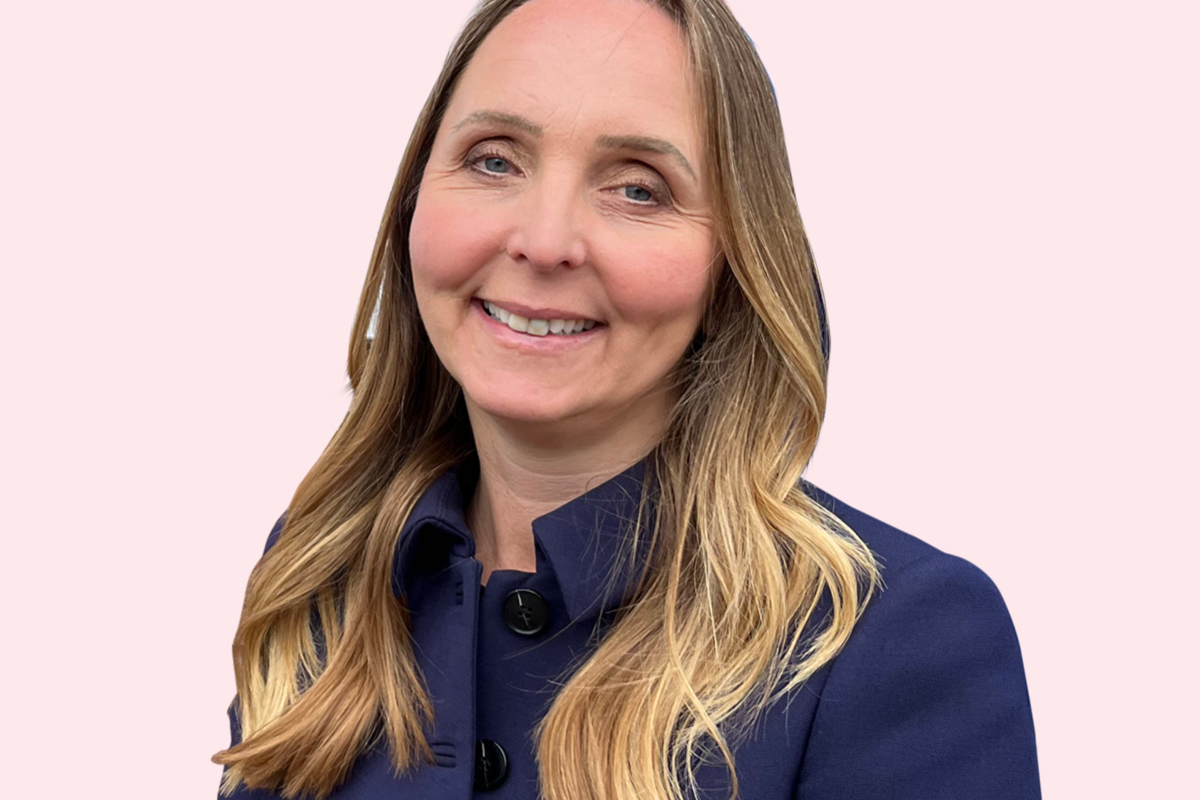How are landlords approaching tenant satisfaction measures?
An Inside Housing survey, with technology specialist Salesforce, looks into how landlords view the new tenant satisfaction measures. Do they provide useful feedback and trustworthy data? Find out here
In association with:

One year after the launch of the tenant satisfaction measures (TSMs) framework – and a couple of months after its annual reporting requirements kicked in – how well is the social housing sector adapting?
In April 2023, the Regulator of Social Housing launched a new approach to assessing the performance of social landlords in England, intended to put tenants’ views and experiences at the heart of service delivery. At its core are 22 TSMs – standards that cover everything from repairs and building safety, to complaint-handling and neighbourhood management. They codify the levels of service tenants can expect from their landlord.
Last year’s Social Housing (Regulation) Act, meanwhile, gives the new standards the same regulatory weight as economic and financial compliance. They are intended to provide greater transparency on the quality of services landlords deliver: for tenants, the regulator and for landlords themselves. But is the sector ready for the change? Inside Housing has conducted a survey in collaboration with Salesforce, a firm which makes tech used to manage interactions with customers, to find out how organisations are preparing for – and responding to – this new customer service paradigm.
The results, while broadly positive, are a mixed bag. A majority of organisations are engaging successfully with the new framework; many are finding it useful, with a sizeable proportion using the results of TSM surveys to shape their services and business strategy. But there are some negative responses, too, from respondents who see this as an unnecessary imposition, or as unfairly burdensome to smaller, specialist providers.
Organisations are using the full spectrum of communication channels to conduct TSM surveys with residents. In total, this question garnered 340 answers from 138 respondents, which suggests organisations are using a combination of these approaches to ensure they reach as many people as possible.
Almost three-quarters say they collect responses over the phone, and just over half say they use email. Website forms and face-to-face surveys were the next most popular – but the survey also included a box for respondents to detail any other approach they used. We received 23 answers here, ranging from focus groups, to text messages and good old-fashioned letters.
Most organisations, however, are not doing the legwork themselves. Just over half say they outsource TSM surveys to a third party, while around one in three conducts them in-house. Why is outsourcing TSMs so popular? Well, doing it in-house carries some obvious potential risks. As Thomas Lancefield, lead for social housing in the UK and Ireland at Salesforce, says: “Maybe they feel it [outsourcing] is a safer route.” Internal resourcing could also be an issue, he suggests.
These surveys are more of a stretch on resources, relatively speaking, for smaller organisations. As one respondent commented: “For specialist providers, there is a feeling that the TSMs are of little value, but are something we need to do, which is frustrating given resources could be allocated elsewhere.”
Listen up
Collecting feedback can take up a lot of bandwidth – especially given the efforts landlords make to ensure tenants are heard. Asked which communication channels residents can use to make contact, more than 80% of respondents cited web forms, telephone, face-to-face meetings and email, while three-quarters also mentioned social media.
“When it comes to consolidating all of the responses from the different channels, larger organisations may have technology platforms that enable them to do that,” says Mr Lancefield. “A smaller housing association might just not have that capability.”
The feedback provided by TSM surveys is clearly beneficial to providers as well as their residents, according to a large majority of respondents; more than 80% said the data generated is either ‘very useful’ (54%) or ‘fairly useful’ (30%) to their organisations.
Additional comments left by survey respondents were broadly representative of this mix. “Without asking tenants, how do we know what we’re doing right or wrong?” one respondent wrote. “It enables us to adapt our services to meet customer needs,” another said. Not everyone was as enthusiastic, however. Just over one in 10 said that the surveys were ‘not very useful’ or ‘not useful at all’ (7% said they did not know either way).
72%
Respondents that collect TSM responses over the phone
51%
Proportion that outsource TSM surveys to a third party
83%
Respondents that said the data provided by TSMs was either ‘very useful’ or ‘fairly useful’
10%
Proportion that said the surveys were ‘not very useful’ or ‘not useful at all’
“We don’t listen to our tenants,” one respondent commented, while another wrote: “What is it actually telling people? I am not certain ‘perception’ should be used to make any strategic decisions.”
Old hands
Collecting feedback from residents is not new. Tenant satisfaction has long been a key metric to be acted on, improved and celebrated. It is perhaps not surprising, then, that the most popular response – given by 44% – to the question “Is your organisation going above and beyond the TSMs” was ‘yes’ (just under 20% said ‘no’, while the remaining 36% said they did not know). Just over 70% either ‘agree’ or ‘strongly agree’ that their organisation ensures the voices of tenants with complex needs or disabilities are taken into account.
That said, how ready is the sector for the standards? Judging from these results, it is looking promising. Asked whether their organisation’s existing customer service performance was up to the new standards, 43% answered ‘yes’, while 38% say they are ‘nearly there’. Just under 11% said ‘no’, and 9% did not know.
The survey asked whether TSM responses had led to changes within respondents’ organisations – around their investment decisions, for example, or approaches to service delivery. Just under one in four said ‘no’, and a further 37% did not know – but 40% said that the results were helping to shape the way they deliver services across the board. The comments under this question suggest that TSMs are spearheading a drive towards better data and analytics, and towards putting them to good use. Some organisations have also re-prioritised planned works based on outputs from the surveys.
“[The results are shaping] the way we manage anti-social behaviour complainants, [with a] greater emphasis on victim support, and more money spent improving properties when void,” said one respondent. Another reported it had “led to a more holistic approach to delivery”. “We now give tenants options with regards to where investment spend should be targeted,” said a third.
Seen in the round, the survey results suggest that the sector is responding positively to the new framework.
“It seems to have given organisations a level of focus around understanding their customers better,” says Mr Lancefield. “But this shouldn’t be the endpoint. This should be the starting point for providers to really think about how they can get to know their customers even better, so that they can continue to evolve and change, and meet their customers’ needs.”










